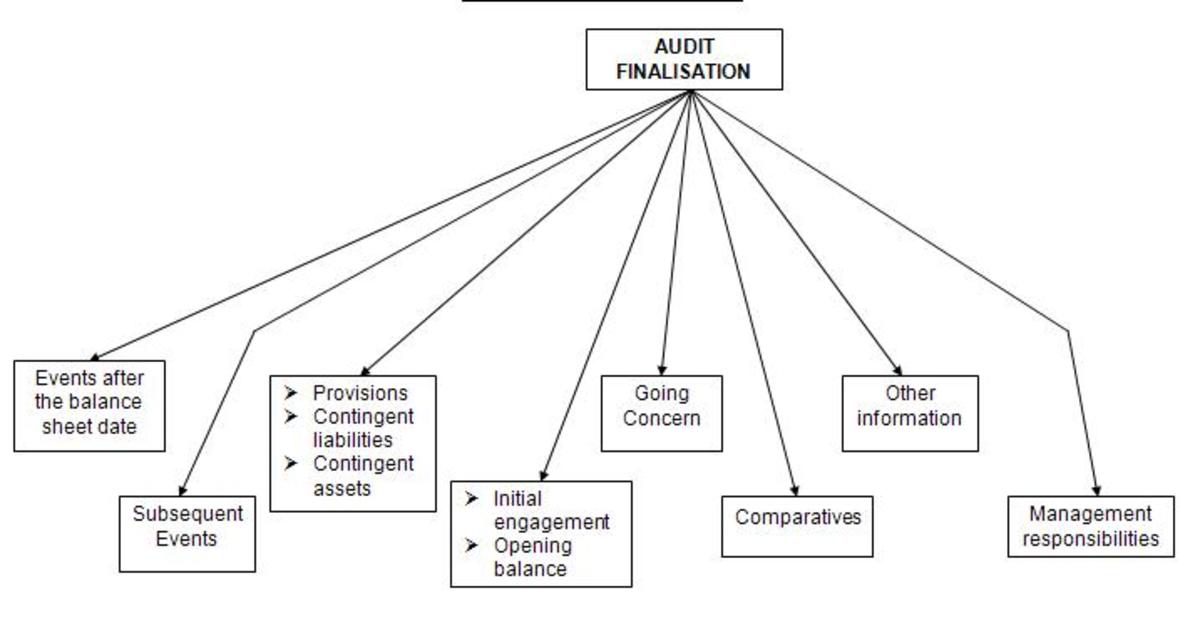The Importance of Financial Statements
At regular period public companies must prepare documents called financial statements. Financial statements show the financial performance of a company. They are used for both internal-, and external purposes. When they are used internally, the management and sometimes the employees use it for their own information. Managers use it to plan ahead and set goals for upcoming periods. When they use the financial statements that were published, the management can compare them with their internally used financial statements. They can also use their own and other enterprises’ financial statements for comparison with macroeconomical datas and forecasts, as well as to the market and industry in which they operate in.
The four main types are balance sheets, profit and loss accounts, cash flow statements, and income statements.
Balance Sheets
Balance sheets provide the observant with a clear picture of the financial condition of the company as a whole. It lists in detail the tangible and the intangible goods that the company owns or owes. These good can be broken further down into three main categories; the assets, the liabilities and the shareholder’s equity.
Assets
Assets include anything that the company actually owns and has disposal over. Examples of the assets of a company are its cash, lands, buildings, and real estates, equipment, machinery, furniture, patents and trademarks, and money owed by certain individuals or/and other businesses to the particular company. Assets that are owed to the company are referred to as accounts-, or notes receivables.
- Current Assets include anything that company can quickly monetise. Such current assets include cash, government securities, marketable securities, accounts receivable, notes receivable (other than from officers or employees), inventories, prepaid expenses, and any other item that could be converted into cash within one year in the normal course of business.
- Fixed Assets are long-term investments of the company, such as land, plant, equipment, machinery, leasehold improvements, furniture, fixtures, and any other items with an expected useful business life usually measured in a number of years or decades (as opposed to assets that wear out or are used up in less than one year. Fixed assets are usually accounted as expenses upon their purchase. They are normally not for resale and are recorded in the Balance Sheet at their net cost less (less is accounting term for minus) accumulated depreciation.
- Other Assets include any intangible assets, such as patents, copyrights, other intelectual property, royalties, exclusive contracts, and notes receivable from officers and employees.
Liabilities
Liabilities are money or goods acquired from individuals, and/or other corporate entities. Some examples of liabilities would be loans, sale of property, or services to the company on credit. Creditors (those that loan to the company) do not receive ownership in the business, only a (usually written) promise that their loans will be paid back according to the term agreed upon.
- Current Liabilities are accounts-, and notes-, taxes payable to financial institutions, accrued expenses (eg.: wages, salaries), current payment (due within one year) of long-term debts, and other obligations to creditors due within one year.
- Long-Term Liabilities are mortgages, intermediate and long-term loans, equipment loans, and other payment obligation due to a creditor of the company. Long-term liabilities are due to be paid in more than one year.
Shareholder's equity
The shareholder’s equity (also called as net worth, or capital) is money or other forms of assets invested into the business by the owner, or owners, to acquire assets and to start the business. Any net profits that are not paid out in form of dividends to the owner, or owners, are also added to the shareholder’s equity. Losses during the operation of the business are subtracted from the shareholder’s equity.
Assets are calculated the following way:
Assets=Liabilities+Net worth
Balance sheets show how the assets, liabilities, and the net worth of a business are distributed. They usually are prepared at set periods of time, for example at the end of each quarter. It is always prepared at the end of fiscal years.
The periodic preparation of the balance sheets, the owner and/or the manager of the company can see historic-, and current trends andalsothe general performance of the corporation. It allows decision makers to make adjustments when needed, like the proportion of liabilities to assets.
All balance sheets contain the same categories of assets, liabilities and net worth figures. Assets are arranged in decreasing order of their liquidity . Liabilities are listed in order of how soon they must be repaid, followed by retained earnings (net worth of owner’s equity).
The categories and formats of Balance Sheets are established by a system known as Generally Accepted Accounting Principles (GAAP). The system is applied to all companies, large or small, so anyone reading the Balance Sheets can readily understand what it is saying.
Profit and Loss Account
Profit and loss accounts (abbreviated as P&L account) summarize the incomes and expenses of a company in a given period of time. It also includes accruals too, which are incomes that will be realized only after the particular Profit and Loss Account statement was prepared.
Cash-Flow Statements
These statements show how money is predicted to move around (hence the phrase cash flow) at a given period of time. It is useful for planning future expenses. It shows whether or not there will be enough money to carry out the planned activities and whether or not the cash coming in are enough to cover the expenses. The cash flow statement is useful in the determination of the company’s liquidity in a given period of time.
Income Statements
Income statements measure the company’s sales and expenses over a specific period of time. They are prepared each month and fiscal year end. Income statements show the results of operating during those accounting periods. They are also prepared using the Generally Accepted Accounting Principles (GAAP) and contain specific revenue and expense categories regardless of the nature of the company.
Conclusion
Financial statements are useful, because they show the financial condition of a company at a given period. There are many types of financial statements uses and purposes, measuring different financial aspects of the company. They can be used for both internal-, and external uses.









